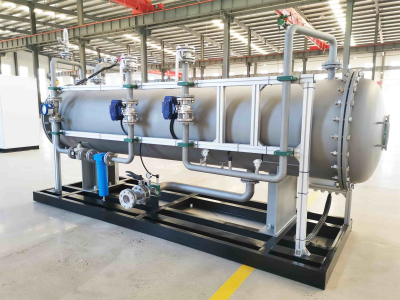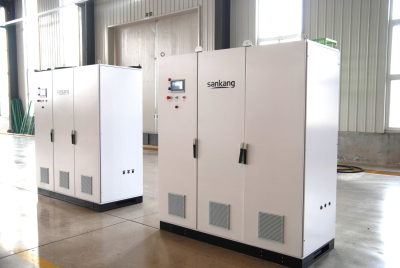Application technology of ozone generator in pulp bleaching
Chlorine-based oxidants such as chlorine and chlorine dioxide are primarily used for pulp bleaching. Discharge from bleached pulp or industrial cleaning processes contains organochlorine compounds. When chlorine residue in finished paper is disposed of as paper waste in incinerators, it can become a source of environmental pollutants such as dioxins, raising concerns. Furthermore, the cost of treating organochlorine compounds in the discharge water is an urgent need to address this issue. Consequently, ozone bleaching technology has become increasingly popular.
With the continued maturity of high-power, high-concentration industrial ozone generator technology, the cost of applying ozone pulp bleaching technology has been significantly reduced.
Theory of Ozone Bleaching
In the wood-based kraft pulp production process, alkali is added to wood chips in a high-pressure cooker to dissolve away the lignin in the wood, resulting in cellulose and semi-cellulose fibers. To maintain the whiteness and strength required for papermaking, oxidants (bleaching chemicals) such as chlorine are used to bleach the few percent of lignin remaining in the fiber. Ozone, like chlorine, can oxidize and bleach this lignin. Pulp is suspended in water to form a slurry. The moisture content varies depending on the bleaching method, and pulp can be categorized as low-consistency pulp (less than 3.5%), medium-consistency pulp (10-15%), and high-consistency pulp (20-50%). The maximum ozone concentration for ozone bleaching is approximately 12%. Unlike the high-concentration bleaching reaction of chlorine, ozone bleaching is difficult on low-consistency pulp with high moisture content. Even for medium-consistency pulp, an ozone concentration of 12% by weight and a pressure of approximately 13 atmospheres are required. Because high-consistency pulp contains less moisture, it is more easily accessible to ozone, allowing it to react at approximately atmospheric pressure.
Sankang Ozone Generator has extensive experience in large-scale industrial ozone oxidation systems and welcomes technical discussions.







